Picture Books Are Not Easy To Write
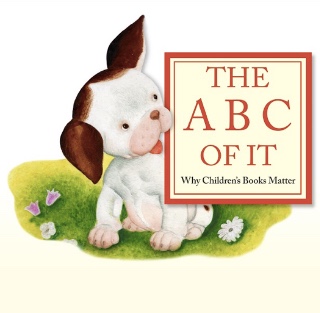 I recently attended a wonderful opening exhibit at the University of Minnesota’s Andersen Library, The ABC of It , which has hundreds of children’s book treasures—original artwork from Poky Little Puppy, Millions of Cats, Goodnight Moon, Maurice Sendak, Tomi dePaola, Beatrix Potter…oh, and an 18 foot replica of the Goodnight Moon bedroom (!)—on display. If you have a chance, I highly recommend visiting the exhibit (going on through 6/14/19).
I recently attended a wonderful opening exhibit at the University of Minnesota’s Andersen Library, The ABC of It , which has hundreds of children’s book treasures—original artwork from Poky Little Puppy, Millions of Cats, Goodnight Moon, Maurice Sendak, Tomi dePaola, Beatrix Potter…oh, and an 18 foot replica of the Goodnight Moon bedroom (!)—on display. If you have a chance, I highly recommend visiting the exhibit (going on through 6/14/19).
The event included a talk with curator Lisa Von Drasek and renowned children’s book historian Leonard S. Marcus. I wished it could have gone on for days. When talking about the art of making picture books, Marcus said:
“Everyone assumes that writing children’s books is easy. Picture books are just as hard as any book to write…because they aren’t simple, they’re distilled.”
That statement resounded in my head over and over, and it summed up, for me, something about picture book writing that I’ve been mulling over for years. There’s this relationship between pictures and words in children’s books that is 100% unique to the form. They tell a story and convey an experience TOGETHER; words and visuals taking part in a dance . . .
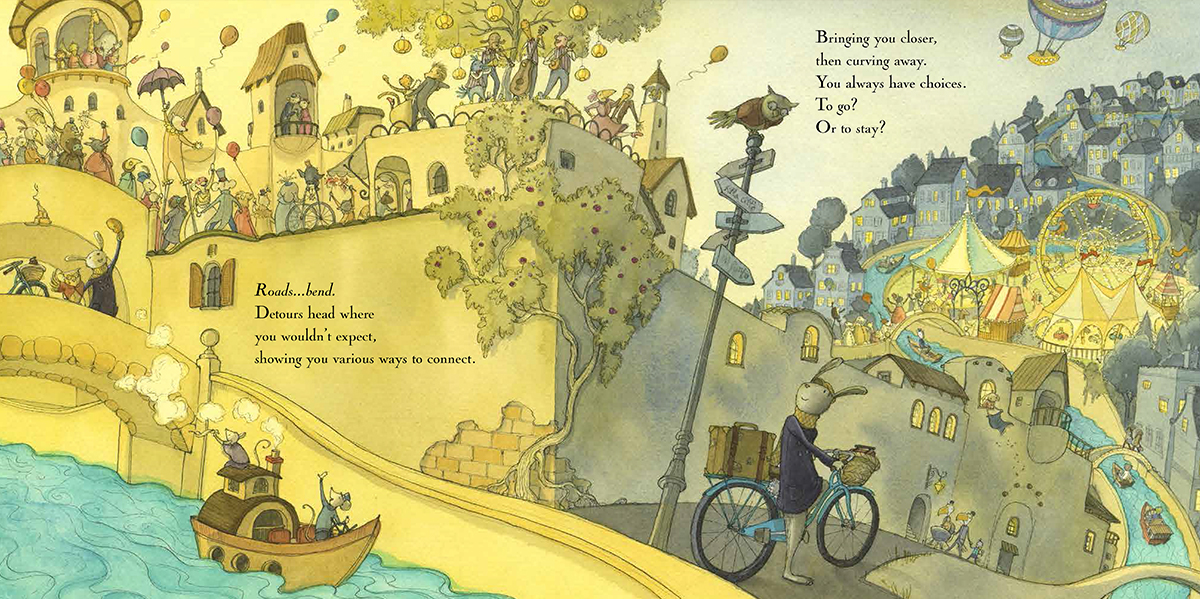
As an illustrator, my job is to look at a text and figure out parts of the story that are NOT included. Here are a few of the questions I ask myself when planning an illustration…
What’s at the emotional heart of this part of the story?
What’s the mood of the character/s at this moment?
What happens before and after these text moments?
What’s happening elsewhere in the story?
What time of day is it?
What’s the weather like?
Could any other senses be involved? Smell, taste, touch, sound…
Who’s the viewer of this scene? Is it seen from a story character’s POV, or is it seen from the POV of the reader?
These questions help me to infuse the illustrations with all sorts of details that add to the story world. Instead of simply showing what the text is saying (which is repetitive, and can treat the characters and readers like they’re dummies), the illustrations have the potential to immerse the reader in a rich world that feels expansive and real. The sheer possibilities of this is what gets me excited to run back to the drawing table every day.
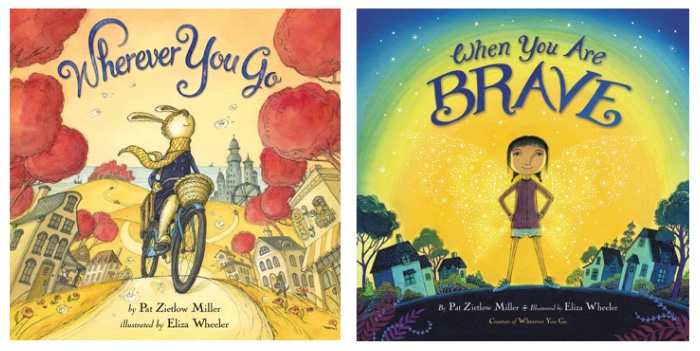
I’ve illustrated two picture books, WHEREVER YOU GO and WHEN YOU ARE BRAVE, both written by Pat Zietlow Miller, that I see as companion books. They’re created by the same writer/artist/publisher team, the physical books are the same trim size, and they are both about journeys (one explores an outer journey; the discovery of people and places, and the other explores an inner journey; the discovery of bravery from a place of uncertainty). You can see on these covers that I’ve mimicked the placement of the main character and ground curve.
These two books are examples of the potential of the symbiotic relationship between words and pictures. Pat does something in her writing that appears simple but is incredibly hard…which is to know when to step aside. She’s written these two texts that make no mention of characters, give no stage directions for the scene, and even have no specific instructions for drama or action. What that does is, it says to the illustrator, “Here, I’ve done my part…now you tell the story. Build the world. Own it.”
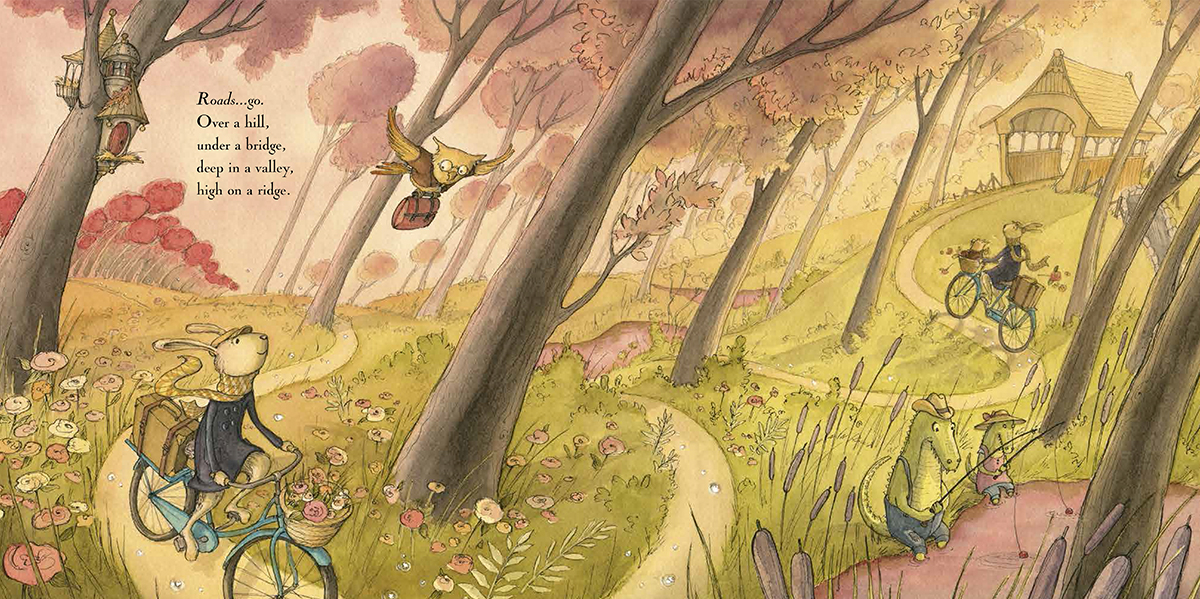
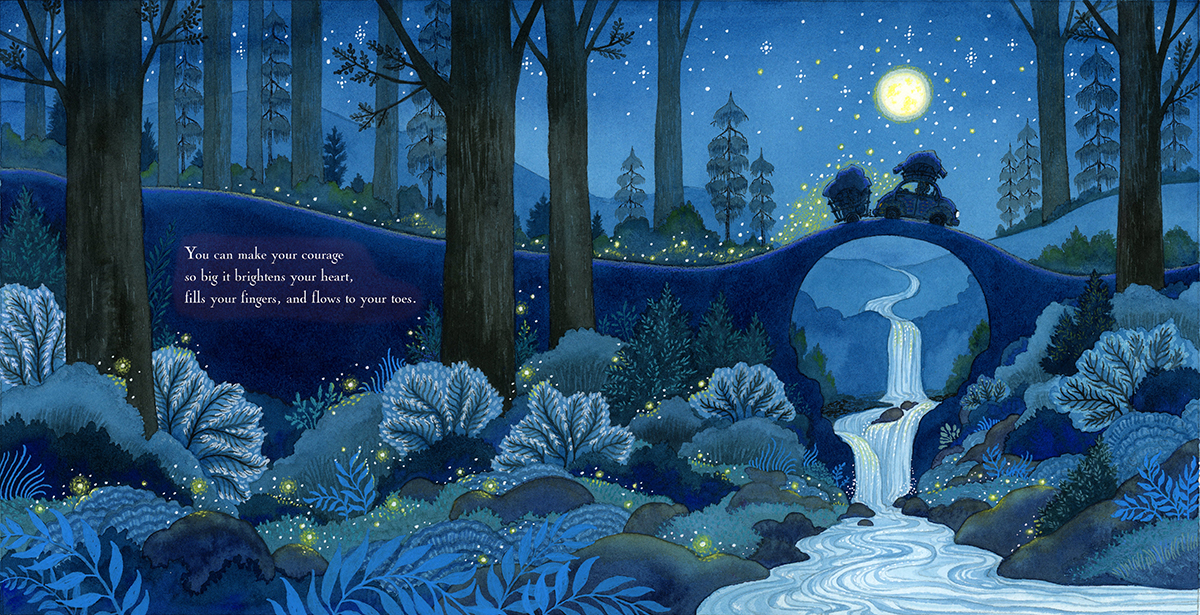
(You can hear me talk more about this art here)
It’s a selfless creative act that takes trust and gumption. I don’t encounter this often from picture book writers (with all those illustration notes…humbug!). Over-writing is probably at the heart of what most often makes me turn down manuscripts to illustrate. And it’s also at the heart of what I aspire to do as a picture book writer; create picture books that aren’t simple…but distilled.
It’s not easy to do.
Goodnight Moon is a classic that fits that description of ‘distilled’ so well. And Where The Wild Things Are. Ooo, and how about Caps for Sale? Or one of my favorites The Little House.
What others?
